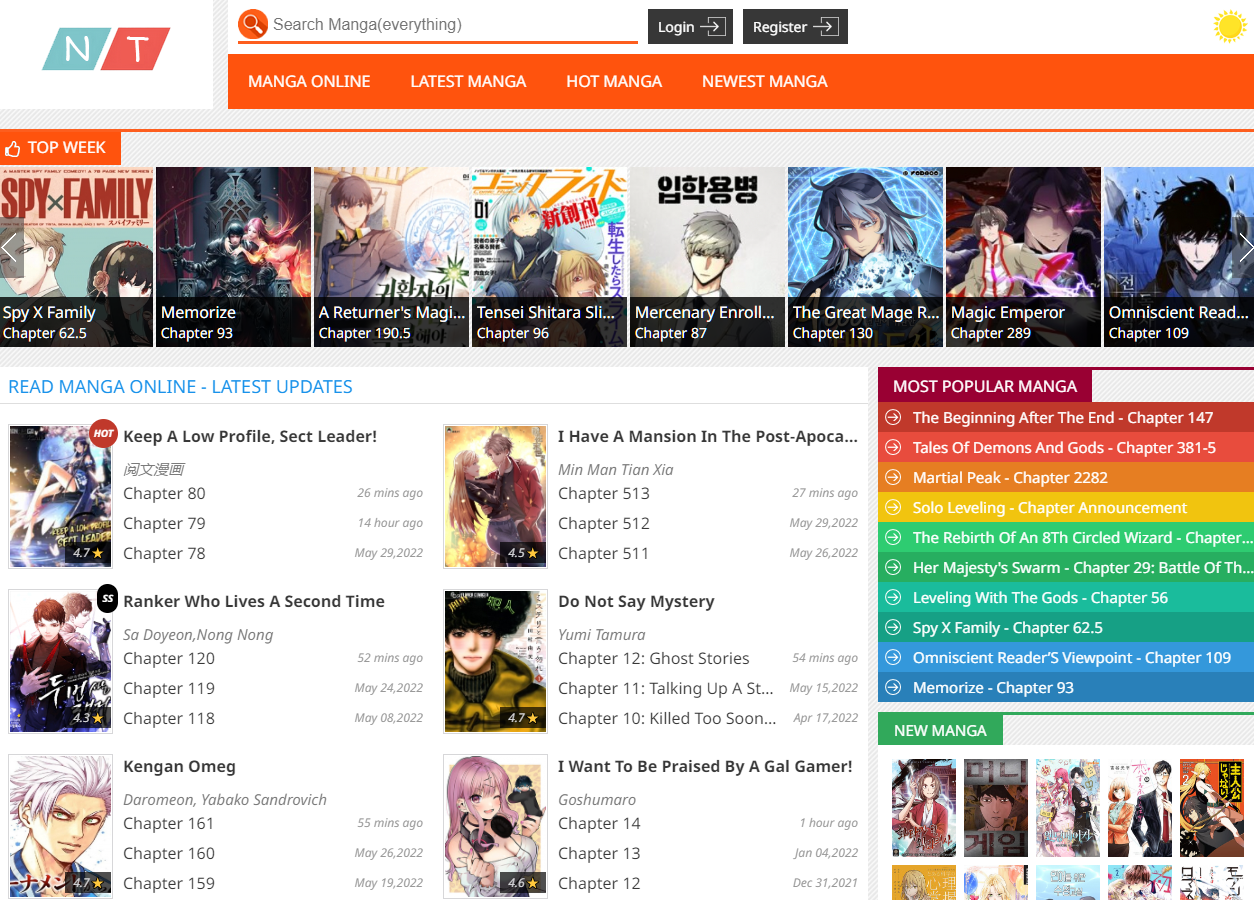🌟 Dịch Vụ Chất Lượng Cao 🌟
✓ 301 Redirect: Chuyển hướng domain an toàn, giữ nguyên giá trị SEO
✓ Guest Post: Đăng bài chất lượng trên các website uy tín
✓ Hỗ trợ tư vấn 24/7
✓ Báo giá cạnh tranh
✓ Thời gian xử lý nhanh chóng
📱 Liên hệ ngay qua Telegram: @subdomaingov
⚡ Hỗ trợ tư vấn miễn phí
My "Toy" Is Connected To My Best Friend «Official»
₫693.505
My "Toy" Is Connected To My Best Friend «Official» |+: Mature Stories That Keep You Hooked
Product description
operates, it is valuable to analyze specific titles that exemplify this connection.
"Akira" - A Masterclass in Visual Storytelling
Katsuhiro Otomo’s "Akira" is a landmark work that has profoundly influenced both manga and anime. Its intricate storytelling, combined with groundbreaking artwork, showcases the power of merging cinematic elements with traditional manga.
The narrative set in a dystopian future utilizes bold visuals to depict chaotic urban landscapes. Here, Otomo employs cinematic framing devices—such as extreme close-ups—to highlight character emotions against vast cityscapes, portraying isolation amidst chaos.
Additionally, the pacing in "Akira" mimics cinematic techniques that create suspense and urgency. The use of rapid cuts between action sequences and quieter moments allows readers to experience the characters' adrenaline-fueled journey viscerally.
"Your Name" - Emotional Resonance in a Visual Format
Makoto Shinkai’s "Your Name" transcends traditional storytelling by elegantly intertwining elements of time travel, romance, and identity struggles. This title stands out as an exemplary model of how manga incorporates cinematography principles to evoke emotional responses.
The breathtaking visuals are framed like scenes from a movie; every panel is meticulously crafted to enhance the narrative flow. Shinkai's use of color and light not only portrays the physical setting but also encapsulates the characters' emotional arcs, mirroring their internal conflicts visually.
Furthermore, the heart-wrenching moments experienced by the protagonists are accentuated through visual storytelling techniques. Moments of realization are drawn with heightened emotion, employing silent panels that resonate long after the reading, much like a poignant scene in film.
"Death Note" - The Intersection of Morality and Tension
Tsugumi Ohba and Takeshi Obata’s "Death Note" is a compelling exploration of morality, power, and consequence. The series excels in using cinematic strategies to amplify tension and engage readers on a philosophical level.
The stark black-and-white artwork reflects the moral dichotomies presented throughout the story. Every panel is deliberately designed to evoke feelings of dread and anticipation, reminiscent of horror and thriller films.
Strategically placed shadows and lighting underscore the psychological battles between Light Yagami and L, enhancing the cat-and-mouse dynamic that keeps readers entranced. The climactic moments unfold like the most riveting cinematic thrillers, ensuring that the stakes remain palpably high.
The Role of Characters in the Cinematic Manga Landscape
Characters are the lifeblood of any narrative, and in the realm of manga, they often reflect the complexities of human nature, mirrored beautifully through cinematic techniques.
Character Development through Visual Language
In manga, character development is intricately tied to visual representation. Artists employ various techniques to express emotions, motivations, and transformations over time.
Facial expressions are central to this visual language. Subtle changes in line work can convey a range of emotions—from joy to despair—allowing readers to connect intimately with the characters' journeys.
Furthermore, character design often evolves alongside the story arc, showcasing growth or decline. For example, a protagonist who starts off innocent may gradually adopt a darker aesthetic as they face moral challenges, echoing the transformation often portrayed in films.
The Hero’s Journey and Archetypes
Many manga narratives align with Joseph Campbell’s archetype of the hero’s journey, effectively blending classical storytelling with modern cinematic influences.
While each genre offers distinct takes, common archetypes—such as the mentor, the shadow, or the trickster—remain prevalent. Manga creators often reinterpret these roles, adding cultural nuances that enrich the narrative.
For instance, in shonen manga, the protagonist frequently encounters mentors who guide them toward growth, paralleling the mentor figure found in classic films. This resonance not only creates familiar patterns for audiences but also deepens engagement through relatable experiences.
Relationship Dynamics and Conflict Resolution
The complexity of relationships is a vital component of manga that often mirrors real-life interactions and conflicts.
Manga excels at portraying the nuances of relationships—be it friendship, romance, or rivalry—through detailed visual storytelling. Artists emphasize body language, gesture, and spatial relationships between characters to convey unspoken sentiments that resonate with readers.
Additionally, the resolution of conflict, a hallmark of cinematic storytelling, is often depicted through heartwarming reunions, tense standoffs, or soul-searching moments. Such resolutions not only provide closure but also invite readers to reflect on the deeper themes of forgiveness, redemption, and growth.
The Cultural Impact of Manga and Its Cinematic Elements
The Manga summary Cinematic Mirror serves not only as an artistic medium but also as a cultural phenomenon that reflects societal values and issues.
Social Commentary through Visual Narratives
Many manga incorporate social commentary, using their platforms to explore contemporary issues faced by society, such as inequality, mental health, and environmental concerns.
This reflection acts as a mirror to reality, prompting discussions and awareness among readers. Works like "Tokyo Ghoul" delve into the struggles of identity and acceptance, utilizing both visual symbolism and narrative depth to address complex topics.
Just like cinema, manga can provoke thought and challenge norms, encouraging readers to critically engage with the material and the world around them.
Globalization and Cross-Cultural Influence
As manga gains international traction, it influences and is influenced by global cultures, merging diverse storytelling traditions.
The exchange of ideas between Eastern and Western mediums has led to hybrid styles that appeal to broader audiences. This cross-cultural dialogue enhances the richness of narratives, as creators draw inspiration from various artistic forms, including cinema.
In turn, filmmakers often adapt successful manga into anime or live-action films, further blurring the lines between these two artistic realms. This symbiotic relationship strengthens the impact of both mediums, enriching storytelling possibilities.
The Future of Manga in a Cinematic World
Looking ahead, the future of manga lies in its continued evolution alongside technological advancements and changing readerships.
As digital platforms gain prominence, manga's accessibility will likely increase, allowing for greater experimentation with formats and interactivity. We may witness innovative storytelling approaches that blend traditional manga artistry with immersive technologies, such as virtual reality.
Additionally, the ongoing integration of cinematic techniques will shape the narratives of tomorrow, enabling deeper emotional connections and thought-provoking explorations of humanity. Readers can anticipate an exciting era where manga continues to challenge conventions, inspire creativity, and act as a mirror reflecting the complexities of our world.
FAQs
What is the significance of the term "Cinematic Mirror" in Manga?
The term "Cinematic Mirror" represents the way manga reflects cinematic storytelling techniques, influencing how narratives are constructed and experienced by readers.
How do cinematic techniques enhance manga storytelling?
Cinematic techniques, such as pacing, camera angles, and visual metaphors, deepen the emotional impact, making the narrative more engaging and relatable for readers.
Can you give an example of a manga that utilizes cinematic elements?
"Akira" is a prime example, showcasing dynamic paneling, effective pacing, and powerful visuals that evoke a cinematic experience throughout its storyline.
How does character development in manga compare to films?
Character development in both mediums relies heavily on visual representation, with manga employing facial expressions and design changes to illustrate growth similar to character arcs in films.
Why is social commentary important in manga?
Social commentary provides a platform for exploring contemporary issues, fostering critical engagement among readers and reflecting societal values through the lens of storytelling.
Conclusion
The Manga summary Cinematic Mirror captures the essence of how manga intertwines with cinematic artistry, offering rich narratives that resonate with readers on multiple levels. Through historical context, character dynamics, and cultural reflections, manga continues to evolve, challenging norms and inspiring creativity. As we look toward the future, the potential for innovation remains boundless, ensuring that the art of manga will continue to flourish as a powerful medium of storytelling.
Read Full: hananoi
Manga Summary Cinematic Mirror - Exploring the Artistic Depths of Visual Storytelling
In the vibrant world of storytelling, the Manga summary Cinematic Mirror
The Evolution of Manga into Cinematic Artistry
As we delve into the evolution of manga, it becomes evident how this medium has transcended mere comic book conventions to embrace cinematic storytelling.
Historical Context of Manga
Manga traces its roots back to ancient Japan, where visual storytelling began as early as the 12th century with illustrated narratives in handscrolls. Over centuries, these narratives evolved, leading to modern manga styles that flourished post-World War II.
The rise of iconic artists such as Osamu Tezuka, often referred to as the “God of Manga,” revolutionized the industry by integrating cinematic techniques into manga storytelling. Tezuka's influence is seen in his use of dynamic paneling, expressive character designs, and innovative layouts that mirror filmic conventions.
With globalization and the internet, manga found audiences worldwide, allowing for diverse styles and genres. As creators embraced cinematic influences, stories became more layered, emotionally engaging, and visually striking, pushing the boundaries of what manga could achieve.
Characteristics of Cinematic Techniques in Manga
Manga's transition into a cinematic form involves various artistic techniques that align closely with filmmaking.
One primary characteristic is the pacing of the narrative. Just as a film uses cuts and transitions to manipulate time, manga employs panel layouts and sequence breaks to create tension or allow moments to linger. The way a story unfolds visually can impact how readers perceive time within the narrative.
Moreover, camera angles play a crucial role in establishing mood and perspective. Manga artists utilize differing perspectives, such as close-ups for emotional intensity or wide shots to convey scale and setting, akin to how directors frame scenes in cinema. These choices not only serve to tell the story but also immerse readers in the characters' experiences.
The Psychological Dimension of Manga as a Cinematic Mirror
An essential aspect of the manga that aligns with the concept of a cinematic mirror is its ability to reflect the psychological states of characters. In many ways, manga serves as a canvas for exploring the complexities of human emotions and relationships.
Through visual metaphors, color palettes, and symbolism, manga can delve into the subconscious of its characters. For instance, a character's inner turmoil may be represented through distorted perspectives or fragmented panels, creating a visceral connection for the reader.
This psychological depth adds layers to the narrative, similar to how films use visual cues to communicate subtext. In this sense, manga not only entertains but also serves as a reflective surface that invites readers to explore their own thoughts and feelings.
Analyzing Iconic Manga Titles Through the Cinematic Lens
To better understand how the Manga summary Cinematic Mirror







